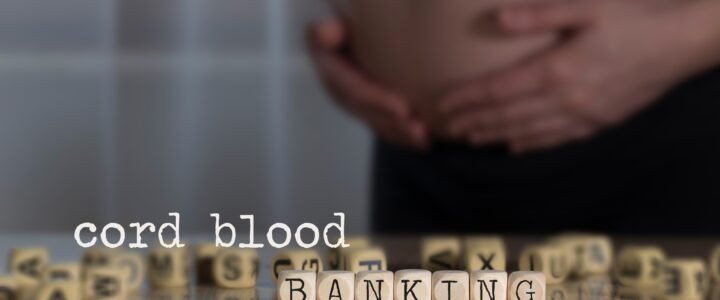Cord blood is the blood remaining in the placenta and umbilical cord after your baby’s birth. Normally, cord blood is disposed of after birth, however it can be collected and stored, so if needed, it can be used in the future. In this article we will explain the stem cell collection at birth process.
What can Stem Cells from Cord Blood be Used for?
Stem cells are the building blocks of blood cells in our bodies. A rich source of them can be found in umbilical cord blood. Many blood disorders and conditions of the immune system can be treated with stem cells. Some of the most commonly treated diseases using stem cells are:
- Immune deficiency
- Leukemia
- Blood diseases (eg aplastic anemia)
- Metabolic disorders, whereby the process by which the body gets energy from food is disrupted
- Thalassemia, a blood disease affecting the way the body makes hemoglobin
Medical science is still expanding. As new technologies are developed the range of diseases using umbilical cord blood will be expanded.
Stem Cell Collection at Birth Process

After the umbilical cord has been cut following either a vaginal or caesarean birth the stem cells can be collected. The process of collection is quick and painless for both baby and mother, and is performed by a trained obstetrician or midwife.
The blood is collected with the insertion of a needle into the umbilical cord vein attached to the placenta. The remaining blood in the umbilical cord and placenta is drained into a collection bag. This process takes about three minutes and can take place either before or after the placenta is delivered.
After collection, the umbilical cord blood is stored frozen, or banked, of future use.
Should I Delay Cord Clamping, then Collect the Cord Blood?
Delayed clamping is where the umbilical cord is not clamped or cut until after the placenta is delivered and after pulsations have ceased.
You are not able to delay clamping when collecting umbilical cord blood as the umbilical cord must be clamped early to capture the maximum number of stem cells.
What If I Wish to Donate My Baby’s Cord Blood?
Stem cell donations are welcomed. Stem cells can be used to help others, with a blood match, to treat life-threatening diseases. Donations also contribute to medical science.
If donated, the cord blood is no longer available for your family to use, it becomes the property of a public bank.
Participation in cord blood donation programs is entirely voluntary. There may be instances when cord blood collection cannot be guaranteed. These include:
- When your blood isn’t suitable due to having a prior disease such as leukemia, or a genetic disorder.
- Doctor/nurse priority is to provide optimal care to mother and baby. If circumstances arrive that prioritize this care, blood may not be collected.
- Trained collection staff may not be available.
- The hospital may not provide a cord blood collection service.
- There may not be enough stem cells to warrant collecting.
What Happens After Stem Cell Collection at Birth?
- Asked to complete a questionnaire about your health and family medical history.
- Give a blood sample which is tested to determine eligibility.
- Contacted six months later to check on the health and progress of your baby since the donation.
The information collected is required to ensure the safety of blood and cell products for use in the future.
Privacy of Information
All information you give in relation to stem cell collection at birth and your families medical history is kept private. You will be given a unique reference number that only the staff at the cord blood bank will have the ability to link with your personal details. All information identifying your baby and you is kept confidential and is not passed on to anyone other than you, your doctor and other healthcare professionals involved in your baby’s care.
Stem Cell Collection at Birth Private and Public Banking Options
There are two options available to parents, donating cord blood and private banking.
Donating to a Public Cord Blood Bank
If you select this option, donated cord blood is made available to all patients in need of a blood stem cell transplant. This may be to someone in your country, or from another.
There is no cost to the doner for collection or storage. The stem cells will not be kept specifically for your family’s use. In special circumstances, your baby’s stem cells may be made available for use by your baby or another family member.
Some countries, such as New Zealand, do not take public donations.
Private Umbilical Cord Blood Storage
This is where you bank your baby’s umbilical cord blood for potential use only by your baby or family member if they were ever to become ill. Keep in mind that many diseases cannot be treated with stem cells, especially if the disease is genetic in origin. Consider private cord blood banking as a health insurance policy. You have complete control of the stem cells.
Private cord blood banks charge a fee for collection and storage services. These fees and their services vary greatly from one bank to another. It is advisable to contact the banks and compare. You can use the services of a private cord bank, either from your own country or one from another country.
What are the Risks?
There are no risks to your baby, as the umbilical blood collection does not start until after the cord has been clamped and cut.
The risks to the mother are minor. There may be discomfort with having a blood sample taken. This may cause bruising and rarely, infection at the site.
For Australian residents further information on donating cord blood can be found at AusCord, (the Australian network of umbilical cord blood banks).



